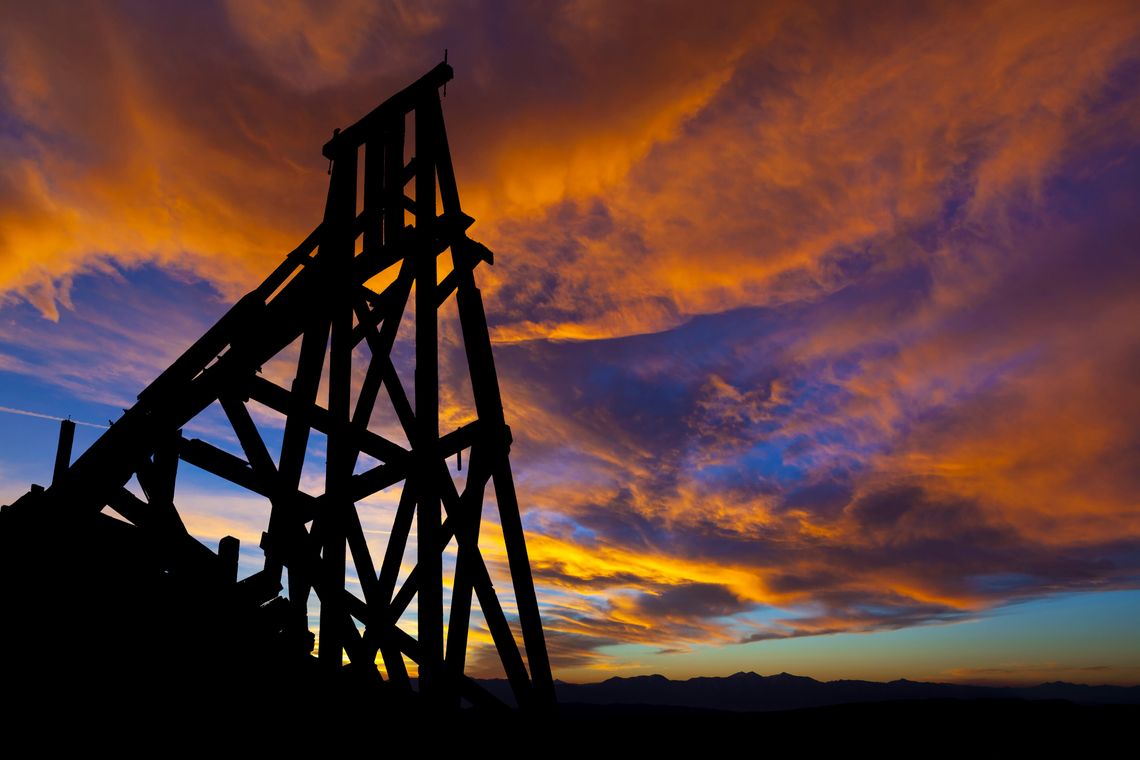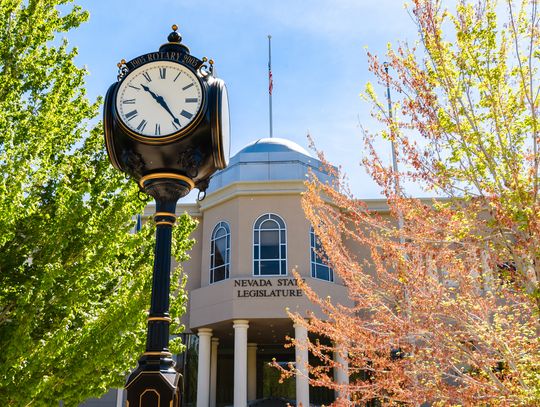Nevada’s Division of Minerals has released its 2024 Abandoned Mine Lands (AML) Physical Hazard Report, showing both progress and continuing challenges in dealing with the state’s legacy of abandoned mines.
The AML program, now in its 38th year, is responsible for locating, cataloging, and securing the dangerous remnants of Nevada’s mining past. Since its launch in 1987, the program has documented more than 161,000 mine-related features across the state. Of those, more than 26,000 were identified as hazardous, and about 21,300 have been secured with fencing, warning signs, or permanent closure methods.
In 2024, field crews identified 1,033 new hazards and secured 1,169, while also revisiting 1,451 sites to ensure earlier safeguards remain intact. The division also completed 10 hard-closure projects across several counties, sealing 183 mine openings permanently with backfills, bat-compatible gates, or polyurethane foam plugs.
Nevada has not had a reported fatality linked to abandoned mines in 12 years, a streak state officials consider an important achievement. Still, the report catalogs a long history of accidents, including serious injuries and deaths, dating back to the 19th century. In modern times, abandoned mines have trapped off-road vehicles, claimed the lives of hikers and explorers, and even endangered pets.
Officials warn that abandoned mines remain a serious public hazard. The division estimates there are about 300,000 abandoned mining features statewide, with as many as 35,000 posing significant risks to public safety.
To prevent accidents, the division has invested heavily in outreach. Its “Stay Out, Stay Alive” campaign reached 3.2 million people last year through social media, billboards, and classroom presentations. The campaign even gained national exposure when the Smithsonian Channel featured Nevada’s abandoned mine closures in a 2024 episode of “How Did They Fix That?”
The division also relies on student interns, who last year logged more than 700 hazards and helped secure dozens of sites. Contractors and partner agencies such as the Bureau of Land Management, U.S. Forest Service, and Nevada Department of Wildlife also play a key role in survey and closure efforts.
The 2024 report shows a sharp increase in activity compared to the previous five years. Hazards inventoried jumped by 190 percent from the year before, while closures rose 89 percent. Officials attribute the surge to increased funding from partner agencies, improved use of technology such as drones and LiDAR for site discovery, and a strategic shift in staffing that allowed interns to focus on locating new hazards while contractors performed closures.
Since the program began in 1987, the Division of Minerals has discovered 26,030 abandoned mine sites statewide and secured 21,314 of them—about 81.9 percent. Carson City leads with 96.5 percent of its 85 sites secured, followed by Washoe County at 95.4 percent and Douglas County at 92.9 percent. Lyon, Storey, and Lander counties also exceeded 88 percent. Churchill County has secured 822 of 967 identified sites, or 85 percent. Esmeralda and Pershing counties each reported 86.5 percent secured, while Elko and Nye remain below 81 percent. The lowest completion rate was in Mineral County, where 71.6 percent of 3,157 discovered sites have been secured.
Despite progress, abandoned mine hazards remain widespread and often hidden across Nevada’s public lands. Many are located near popular recreation areas, where unsuspecting hikers, campers, and off-roaders are at risk.
State officials emphasize that the work of securing and closing mines will continue for years to come. With thousands of hazards still unsecured, the report serves as both a measure of progress and a reminder of Nevada’s ongoing responsibility to protect public safety while managing its mining heritage.
The report can be found online at minerals.nv.gov/programs/aml/aml/.









Comment
Comments